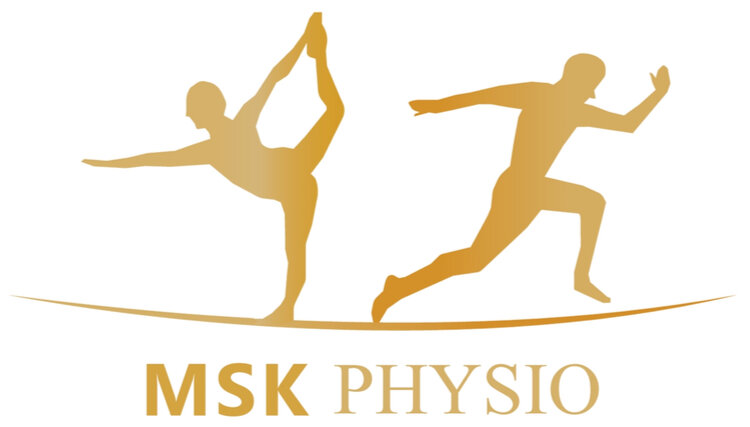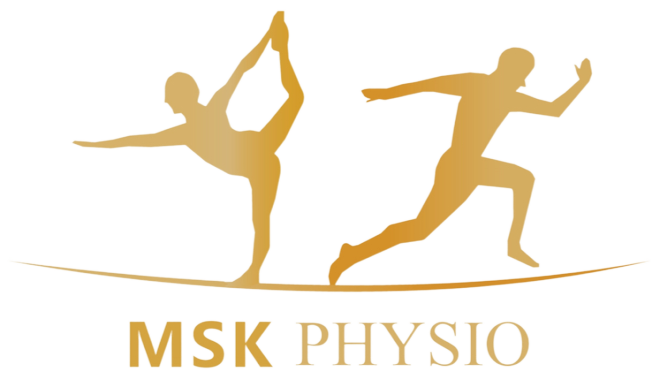Understanding Anterior Cruciate Ligament (ACL) Injuries
The anterior cruciate ligament (ACL) is an important ligament that helps stabilise the knee joint. Unfortunately, ACL injuries are common, particularly among athletes engaged in sports that involve sudden stops, changes in direction, or jumping. It usually occurs when the ACL, one of the major ligaments in the knee, tears or stretches beyond its normal capacity. ACL injuries can range from mild to severe and often require medical attention, including rehabilitation or surgery, depending on the extent of the damage and the individual's activity level.
Potential Causes of ACL Injury:
Sports Injuries: ACL tears often occur during sports activities that involve sudden stops, pivoting, or landing awkwardly from a jump. Sports such as basketball, football, volleyball, and skiing have higher incidences of ACL injuries.
Non-contact Injuries: Sometimes, ACL injuries occur without direct contact with another player or object. Rapid changes in direction or landing incorrectly can put excessive stress on the ligament, leading to tears.
Trauma: Direct blows to the knee, such as those from falls, accidents, or collisions, can also cause ACL injuries.
Symptoms of ACL Injury:
Pain: A sudden and intense pain in the knee is a common symptom of an ACL injury. The pain may subside after a while, but it often returns with activity.
Swelling: Swelling around the knee joint, typically occurring within a few hours of the injury, is another characteristic symptom.
Instability: Many people report a feeling of instability or "giving way" in the knee, especially during weight-bearing activities.
Limited Range of Motion: Difficulty in fully extending or bending the knee may indicate an ACL injury.
Treatment Options:
Conservative Management: In some cases, especially for minor tears or partial ACL injuries, conservative treatments such as rest, ice, compression, and physiotherapy and rehabilitation may be sufficient. Physiotherapy aims to strengthen the muscles around the knee to provide better support and stability as well as working on the range of movement at the knee joint.
Surgical Intervention: Complete ACL tears in majority cases require surgical reconstruction, especially for individuals who wish to return to sports or activities that involve pivoting and cutting movements at a high level.
Rehabilitation: Whether treated conservatively or surgically, physiotherapy rehabilitation plays a crucial role in recovery. Rehabilitation focuses on restoring strength, flexibility, balance, and proprioception to the knee joint. It typically involves a structured program supervised by a physiotherapist with experience working with ACL injuries.
Conclusion:
ACL injuries can have a significant impact on an individual's mobility and athletic performance. Understanding the causes, recognising the symptoms, and seeking appropriate treatment are essential steps in managing ACL injuries effectively. With the required care, rehabilitation, and preventive measures to consider, individuals can often return to their normal activities and sports with minimal long-term consequences.


